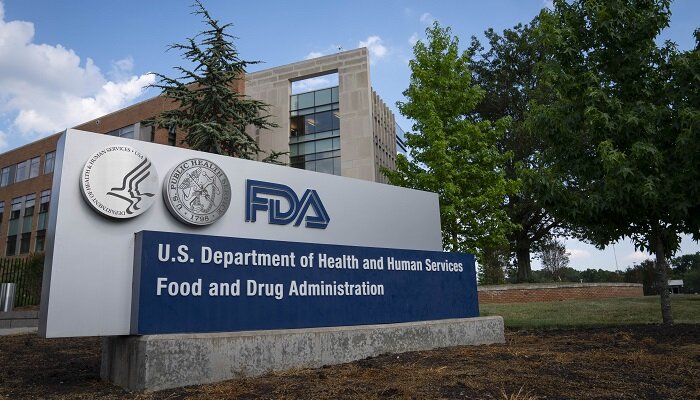Now that the dreaded COVID-19 pandemic has seen its end, FDA officials are forecasting a probable dearth when it comes to medical devices, remarking in a new health affairs article that the supply chain may get threatened now that mandatory reporting will no longer be required.
It is well to be noted that for the duration of PHE, medical device companies were asked to send a notification to the FDA for any kind of shortage. Apparently, under the CARES Act, the FDA Centre for Devices and Radiological Health (CDRH) had the power to make sure that the manufacturers issued 506J notifications pinpointing any probable disruptions in the supply chain.
Reporting supply chain issues, henceforth, is going to be voluntary, which means that the agency is most likely going to have an incomplete picture of potential shortages. As described by the officials from the FDA, this is indeed going to make it more challenging so as to create a kind of resilience when it comes to the supply chain.
During the course of the PHE, the patients as well as the healthcare providers were pretty much impacted by the medical device shortages that ranged from ventilators to test supplies as well as personal protective equipment. That said, the CDRH was able to take immediate action.
It is well to be noted that in February 2021, Uri, the winter storm shut down the oil and gas sector across Texas as well as Louisiana, which resulted in the stalling of fresh resin, which happens to be a raw material that is used in the development of numerous medical devices. It is estimated that over 30 manufacturers as well as 180 devices got impacted, although since it was alerted through the disruption, CDRH could work with the suppliers, manufacturers, and partners from the US government to make sure that the medical device sector was able to access resin.
All this led to the issuance of priority access letters as well as the use of the Defence Production Act, i.e., the priority ratings that are used for resins in important medical devices. This let the manufacturers get allocations of resin, which in turn helped the catheters, syringes, and other items being produced that make use of resin. Significantly, the FDA officials also said that the supply chain issues are not going away at the PHE end. The medical device supply chain happens to have susceptibilities that are inherent in risks that predate COVID-19 and are most definitely going to exist even long after it.
Weather remains one of the most recurrent as well as growing challenges to supply chains, such as hurricanes, storms, extreme heat, floods, etc. There are other probable triggers in the case of supply chain issues, such as regulatory pressures, conflicts of geopolitical nature, shortages of raw materials, shortages and disputes of labour, bottlenecks pertaining to transportation, and energy crises.
Apparently, all the above elements do contribute to the consistent threat related to medical device shortages to patient care and safety.
As per FDA officials, catching the earliest signs of supply chain disruption helps in the best protection, such as the development of risk management plans. Manufacturers happen to be well-equipped when it comes to creating such plans as per the FDA and should be asked to share the information with the CDRH by way of 506J notifications.
The officials added that the agency should not have to learn about critical device shortages from patients as well as clinicians because that way it may as well turn out to be very late.


















